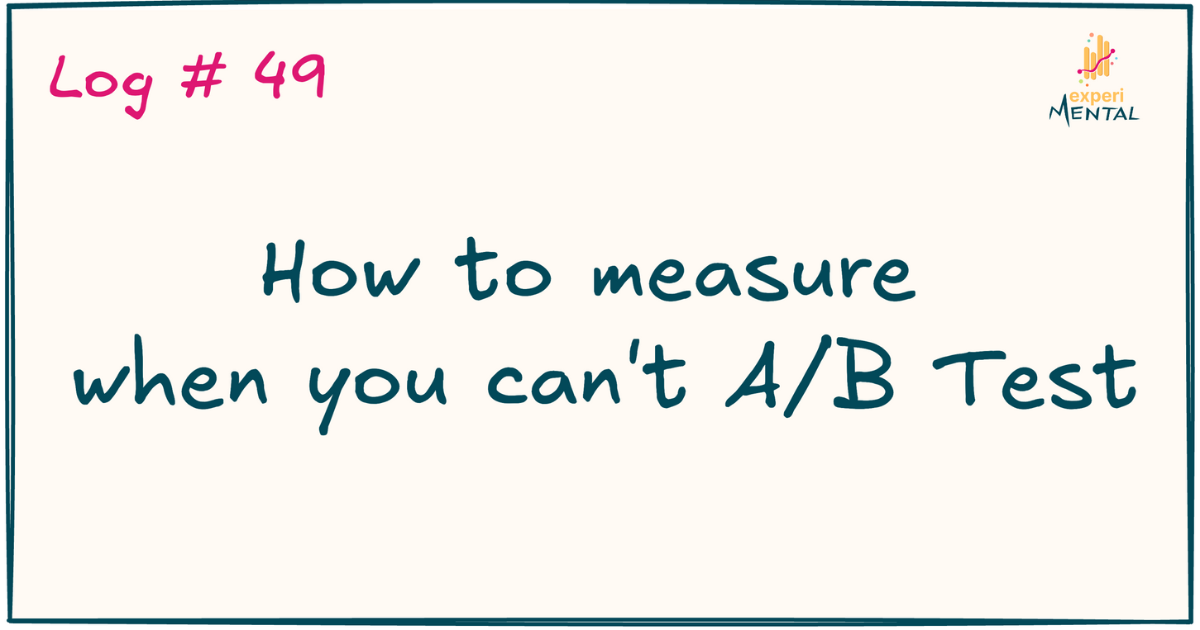This article is for all subscribers! Enjoy and don’t forget to share feedback at the end.
There’s a general assumption that Brand isn’t quantifiable and that it doesn’t have an ROI. Well, the best way to prove that is to show the opposite: A loss of Brand results in a loss of value.
What happened to Nike from 2020 to 2024 is evidence of exactly that. While there were many factors involved in Nike’s value destruction, I explore it from the perspective of their marketing decisions.
To set the scene, in January 2020, Nike brought on a new CEO, Jack Donohoe to lead the swoosh. He was the former CEO at Ebay and had been on Nike’s board for a while, but there’s an important call out: He’s never worked at Nike or in retail.

Nike’s stock price from Jan 2020 to October 2024 during Jack Donohoe
He was there from Jan 2020 to Oct 2024, but his tenure effectively ended on Jun 28, 2024 when Nike’s shares dropped 20% in 1 day erasing $28 billion following a poor earnings call. In addition, Nike’s stock was down 48% over the previous three years while the S&P 500 was up 34%. If we know anything about C-suite compensation, it’s that the stock price is a big factor in it.
Over Jack’s time there, there were 3 broad categories of marketing changes made: strategic, tactical, and organizational.
Strategic
In May 2020, Nike decided to commit to a new strategy to selling their gear:
Grow Nike’s direct business
Reduce wholesale.
Nike.com would be the new center of attention and focus. The timing couldn’t have been better. With the pandemic in full swing and consumer preferences shifting almost 100% online, Nike.com was booming and Mr. Donahoe’s decision to move to DTC looked absolutely genius. His mistake though wasn’t changing the business strategy. It was not changing it back.
In a 2020 earnings call, Donahoe said “The accelerated consumer shift toward digital is here to stay. Nike’s strong digital presence and capabilities are fueling our consumer connections, driving our commercial momentum.”
But, as we know, things started to come back. It’s what’s known as reversion to the mean and its a phenomenon that happens for every trend ever. Things always go back to a smooth average (cool chart below shows this).
In addition, Nike went through a massive restructuring where they eliminated individual lines (think basketball, football, etc.) and shifted towards categories (men’s, women’s, kid’s).



